Insurance claims legal cost is rising in the US, what are the factors driving this change?
Legal spend is rising across the insurance industry, and carriers are feeling the impact at every stage of the claim lifecycle. What used to be occasional spikes in cost has become a steady, structural trend that shows up early, persists longer, and compounds across portfolios.
In conversations with claims leaders, three forces surface again and again as the primary drivers of this shift.
1. Lack of Consistency in Claim Evaluation
One of the largest contributors to rising legal spend is inconsistency in early claim evaluation.
When early reads differ, the consequences follow quickly:
- Decisions slow down
- Cases escalate unnecessarily
- Legal involvement becomes reactive
- Early settlement opportunities are missed
Two experienced handlers can look at the same claim and reach very different conclusions about severity, risk, or negotiation strategy. In fact, such variability in assessing claims can happen for the same handler across time and circumstances. When this variation repeats across thousands of claims, legal spend grows simply because the organization is managing inconsistency instead of managing the claim.
2. Social Inflation
Social inflation continues to push expectations and payouts upward, especially in jurisdictions where settlement and verdict values have accelerated. This creates:
- Higher initial demands
- More aggressive negotiation positions
- Increased pressure to litigate
- Greater exposure if a case goes to trial
Even straightforward claims are affected by the broader environment.
3. Plaintiff Counsel Influence
Plaintiff counsel is now one of the strongest sources of outcome variability.
The same claim can resolve at very different amounts depending on who represents the plaintiff. Some plaintiff firms move quickly toward resolution. Others extend timelines, introduce friction, and push cases into litigation even when it is not necessary.
These differences create ripple effects across an entire portfolio:
- Longer negotiation timelines
- More litigation referrals
- Higher settlement values
- Leakage that hides inside process variation
When plaintiff counsel style is not visible early, legal spend becomes unpredictable and might inflate dramatically.
The Result: Two Similar Claims, Two Very Different Cost Paths
This is a pattern we hear often:
- One claim moves toward early settlement.
- Another drifts into prolonged negotiation.
- Another heads directly into litigation.
Same facts.
Same exposure.
Very different financial outcomes.
Variability is costly, and the impact accumulates quickly.
The Real Challenge: Seeing Cost Drivers Before They Appear
Trying to control legal spend only after it starts rising is too late.
The real opportunity is to anticipate the forces that will increase cost, such as:
- Escalation risk
- Plaintiff counsel behavior
- Volatile adjuster assessments
- Early decisions that set the entire trajectory
Carriers need visibility into these patterns before they become expensive.
How Predictive Intelligence Helps
Predictive intelligence allows carriers to:
- Identify escalation and litigation risk earlier
- Align on a strategy before costs accrue
- Create consistency across claim evaluations
- Understand plaintiff counsel patterns
- Opens clearer paths for scalability
- Anchor decisions in data
- Accurately forecast reserves
This improves not only cost control but cost prevention.
Legal spend grows when teams are forced to react. It shrinks when they can see what is coming.


